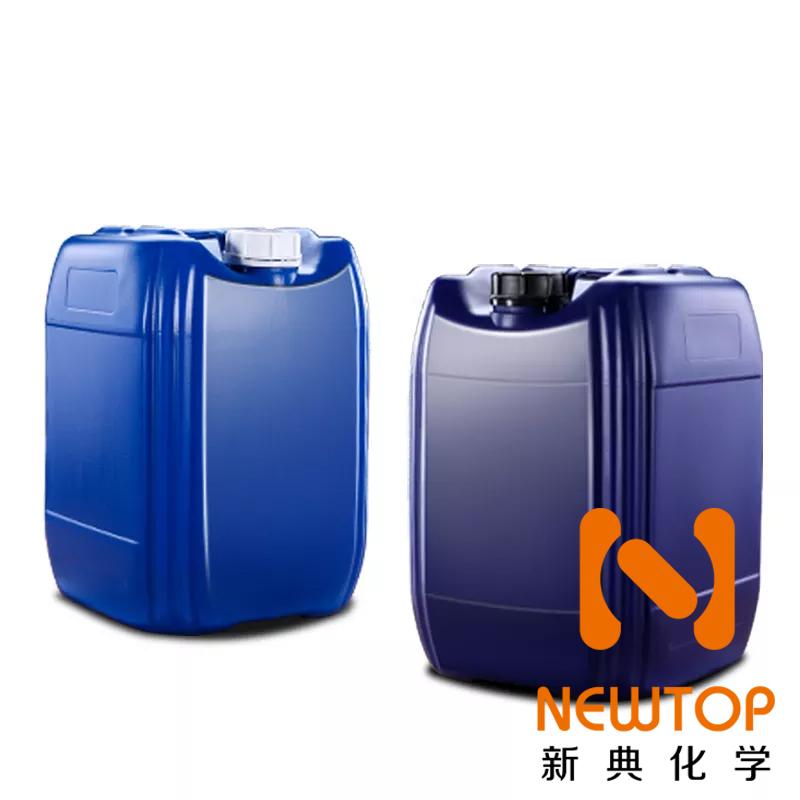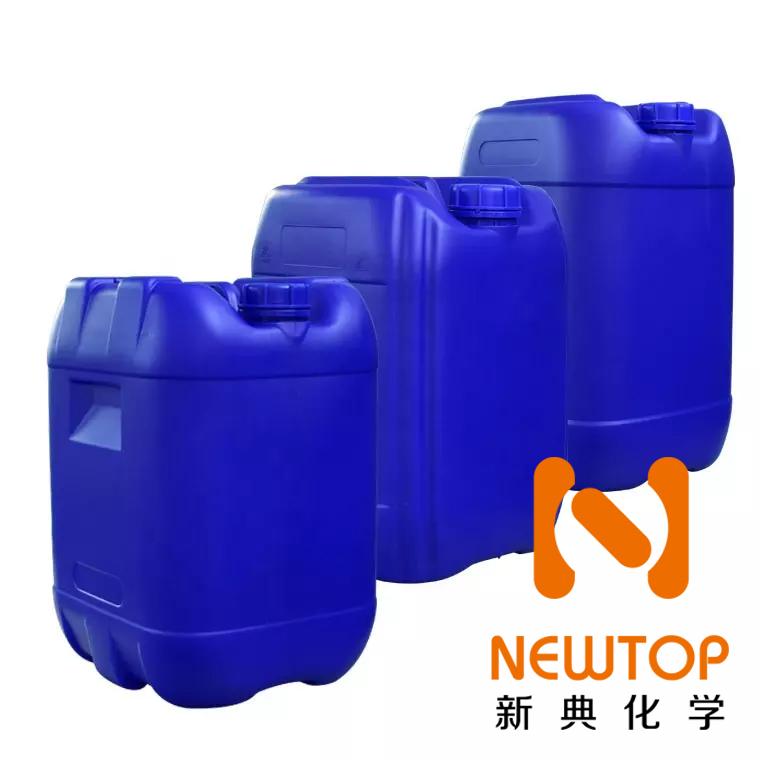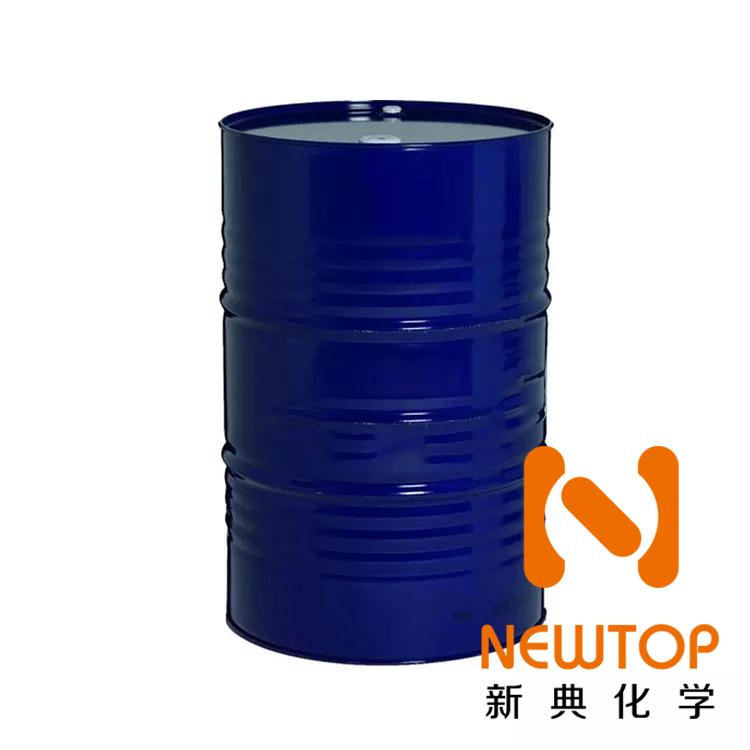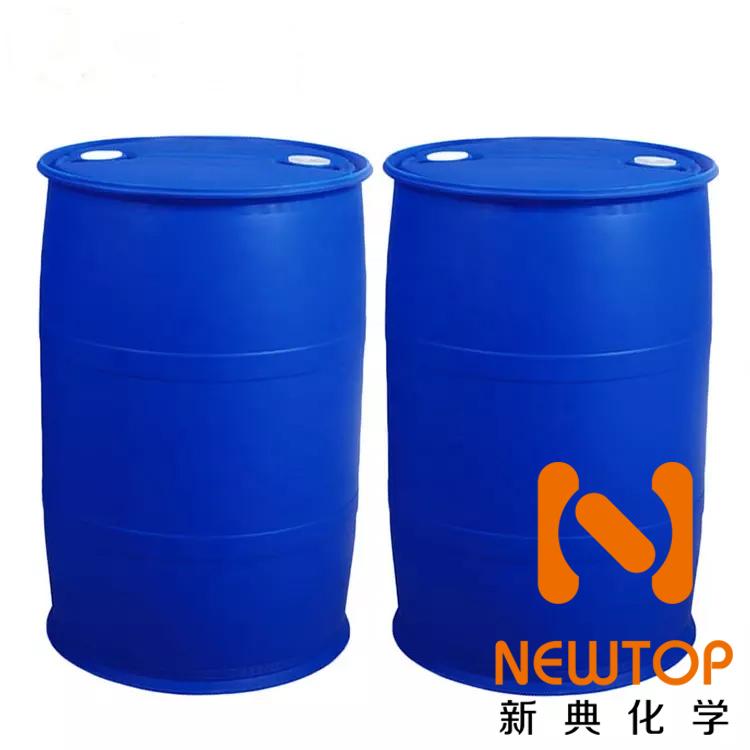PU catalyst: MB20 CAS#: 34364-26-6
Overview:
Common Name: BISMUTH NEODECANOATE
Other Chemical Names: Neodecanoicacid,bismuth(3+)salt;neodecanoicacid,bismuth(3++)salt;BISMUTHNEODECANOATE;BISMUTH(III)NEODECANOATE;bismuth(3+)neodecanoate;BISMUChemicalbookTHNEODECANOATE,TECH;Bismuth(III)neodecanoate,superconductorgrade~60%inneodecanoicacid(15-20%Bi);Bismuth(III)neodecanoate,superconductorgrade
a) Appearance and Properties: Liquid
Color: light yellow transparent
b) Boiling point, initial boiling point and boiling range 180 °C
c) Flash point 158 °C - closed cup
d) Evaporation rate No data available
e) Flammability (solid, gas) no data available
f) high/low flammability or explosiveness limits no data available
g) Vapor pressure 0.60mmHg at 21 °C
h) Vapour density No data available
i) Density/relative density 1.22 g/cm3 at 25 °C
j) water soluble insoluble
k)n-octanol/water partition coefficient no data available
l) Autoignition temperature no data available
m) Decomposition temperature no data available
n) Viscosity 50mPa.s at 25 °C
Features and uses:
MB20 is used as a catalyst in the polyurethane industry, showing high catalytic activity, and is widely applicable to spray, high density elastomer, and microcellular elastomer systems. Has the following characteristics:
A powerful gel catalyst to promote the completion of the reaction in the later stage;
It shows that the viscosity of the system is delayed when the level of intermolecular reaction is low in the early stage of the reaction;
Environmentally friendly products that can replace lead and tin-containing catalysts;
In the common polyurethane reaction system, the microcellular elastomer system and the high-density semi-rigid foam system enhance the stability of the system reaction.
Acts as a co-catalyst with a tertiary amine to accelerate the urethane reaction and cure. Exhibits delayed viscosity build on front-end at low usage level while promoting excellent back-end cure. It is free of mercury, lead and dibutyl tin. Possesses low volatility with little or no odor. It has compatibility with common rigid and flexible foam polyols.
It is an alternative to tin-based catalysts in flexible slabstock, high-density flexible foams, spray, microcellular, and rigid foam systems.
Storage Information
Recommends that our catalysts be stored in a dry and cool area under appropriate ventilation conditions. Each container should be closed tightly to avoid contamination with moisture or other negative influences that could change the products' performance in the end use.
Package:
25kg/Plastic Drum, 200KG/Steel Drum, 1000kg/IBC Drum
More:
https://www.newtopchem.com/archives/39757PU catalyst: MB20 CAS#: 34364-26-6
Overview:
Common Name: BISMUTH NEODECANOATE
Other Chemical Names: Neodecanoicacid,bismuth(3+)salt;neodecanoicacid,bismuth(3++)salt;BISMUTHNEODECANOATE;BISMUTH(III)NEODECANOATE;bismuth(3+)neodecanoate;BISMUChemicalbookTHNEODECANOATE,TECH;Bismuth(III)neodecanoate,superconductorgrade~60%inneodecanoicacid(15-20%Bi);Bismuth(III)neodecanoate,superconductorgrade
a) Appearance and Properties: Liquid
Color: light yellow transparent
b) Boiling point, initial boiling point and boiling range 180 °C
c) Flash point 158 °C - closed cup
d) Evaporation rate No data available
e) Flammability (solid, gas) no data available
f) high/low flammability or explosiveness limits no data available
g) Vapor pressure 0.60mmHg at 21 °C
h) Vapour density No data available
i) Density/relative density 1.22 g/cm3 at 25 °C
j) water soluble insoluble
k)n-octanol/water partition coefficient no data available
l) Autoignition temperature no data available
m) Decomposition temperature no data available
n) Viscosity 50mPa.s at 25 °C
Features and uses:
MB20 is used as a catalyst in the polyurethane industry, showing high catalytic activity, and is widely applicable to spray, high density elastomer, and microcellular elastomer systems. Has the following characteristics:
A powerful gel catalyst to promote the completion of the reaction in the later stage;
It shows that the viscosity of the system is delayed when the level of intermolecular reaction is low in the early stage of the reaction;
Environmentally friendly products that can replace lead and tin-containing catalysts;
In the common polyurethane reaction system, the microcellular elastomer system and the high-density semi-rigid foam system enhance the stability of the system reaction.
Acts as a co-catalyst with a tertiary amine to accelerate the urethane reaction and cure. Exhibits delayed viscosity build on front-end at low usage level while promoting excellent back-end cure. It is free of mercury, lead and dibutyl tin. Possesses low volatility with little or no odor. It has compatibility with common rigid and flexible foam polyols.
It is an alternative to tin-based catalysts in flexible slabstock, high-density flexible foams, spray, microcellular, and rigid foam systems.
Storage Information
Recommends that our catalysts be stored in a dry and cool area under appropriate ventilation conditions. Each container should be closed tightly to avoid contamination with moisture or other negative influences that could change the products' performance in the end use.
Package:
25kg/Plastic Drum, 200KG/Steel Drum, 1000kg/IBC Drum
More:https://www.newtopchem.com/archives/39757






